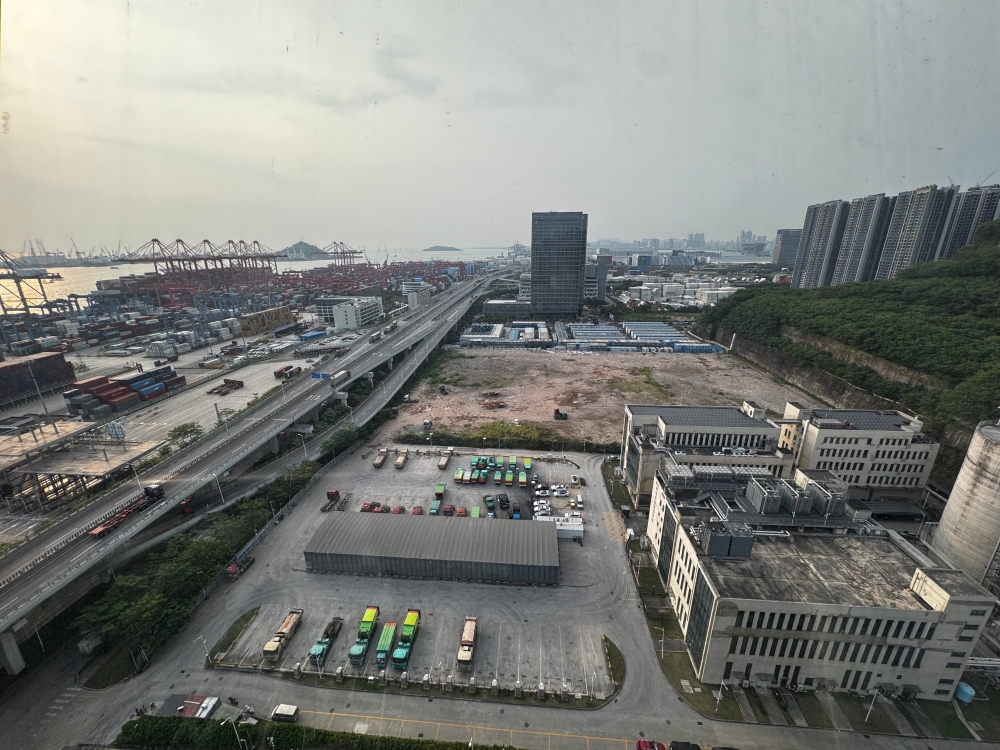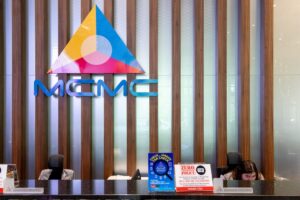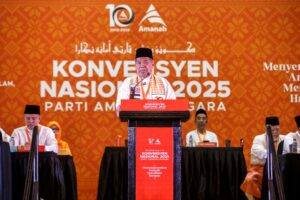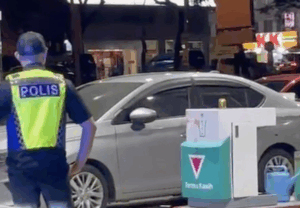SHENZHEN, Sept 23 — Just four decades ago, Shenzhen was a quiet fishing village at the edge of southern China, just across the causeway from Hong Kong.
Today, it is a global technology hub, where popular tech-giants like Huawei, Tencent, DJI and BYD were born.
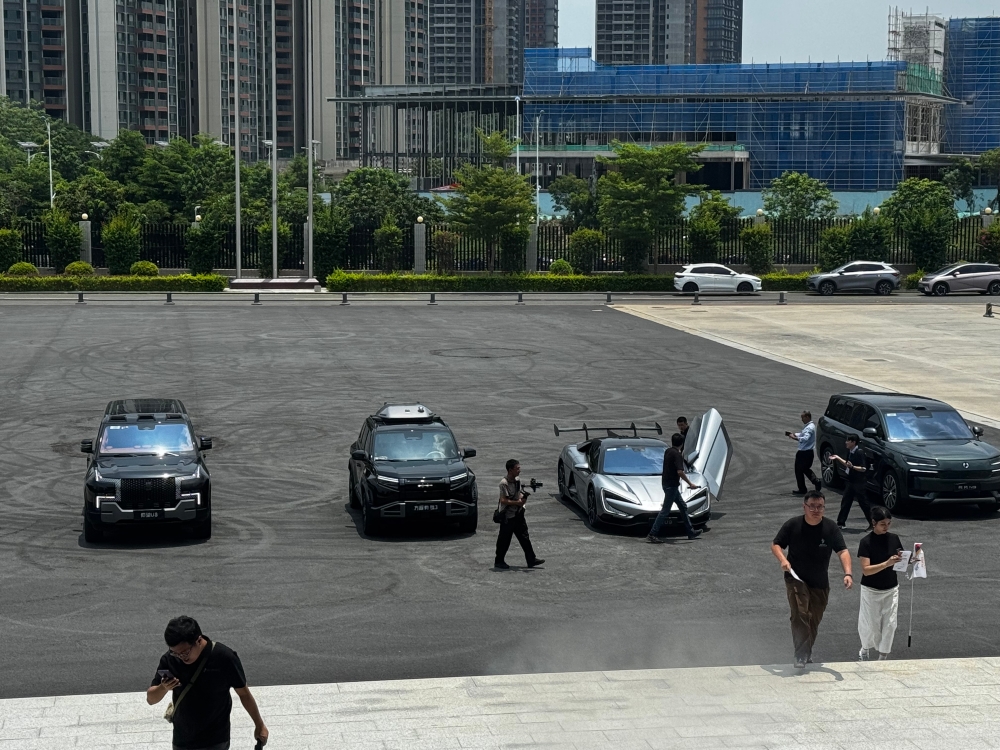
BYD (Build Your Dreams) headquarters in Shenzhen. Latests BYD models only available in the China market at the moment. — Picture by Soo Wern Jun
The city also boasts skyscrapers and tech campuses, but the bustling city is more than just that — beyond these, it is about how the city has made everyday life easier through its seamless public transportation, smart governance and digital integration.
In neighbouring Hong Kong, its citizens’ connectivity convenience is all in just one card — the Octopus card — the single cashless payment system that works across trains, buses, ferries and even convenience stores.
In Malaysia, commuters are navigating MRT (Mass Rapid Transit) expansions, Klang Valley congestion and the limitations of the Touch ‘n Go system.
While the Touch ‘n Go system has an option of e-wallet deduction, there are still platforms that require a physical card balance.
Stored-value deductions apply to buses (RapidKL, Rapid Penang), parking machines, and older retail terminals without PayDirect support.
So if you only keep money in the e-wallet but your physical card is empty, you may get stuck at buses, parking machines or older terminals.
These differences were especially clear to a delegate of Asean journalists who recently visited Hong Kong and Shenzhen to observe how both cities have managed to weave technology, transport, and governance into daily routines — perhaps there are a few lessons Malaysia could learn from these two tech-oriented cities.
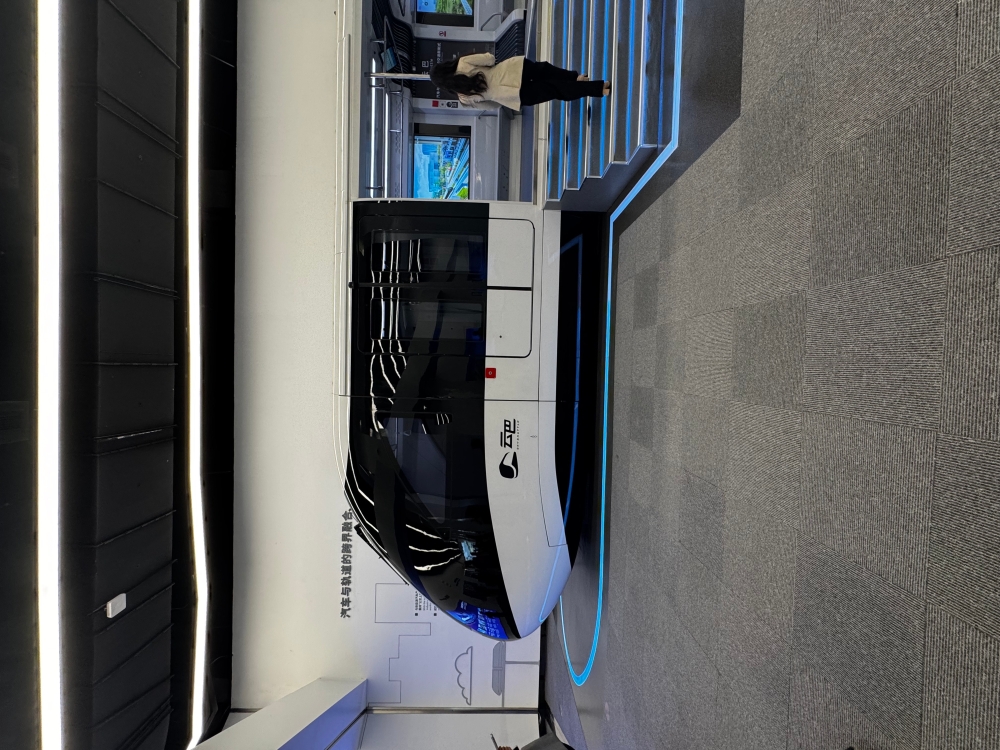
Shenzhen’s first municipal SkyShuttle line developed by BYD is an elevated rail line that runs 8.51km with a total of 11 stations between Pingshan High-Speed Railway and BYD North stations. A prototype of the SkyShuttle. — Picture by Soo Wern Jun
From fishing nets to high-tech networks
Shenzhen’s rise is often told as a story of speed — but its true success lies in integration.
The city operates a fully electric bus and taxi fleet, metro lines that connect directly to residential towers, and AI-powered traffic lights that ease jams in real time.
Malaysia, by comparison, has made progress with projects like the MRT Kajang and Putrajaya lines and the upcoming MRT3 Circle Line.
However, it has yet to fix “last-mile” connectivity issues — with many commuters finding it difficult to get from train stations to their homes or workplaces.
Shenzhen shows how linking transport modes into a single, cohesive network can transform mobility from a burden into a daily convenience.

In Hong Kong’s Legislative Council, AI transcription tools now draft meeting records, saving hours of manual work. — Picture by Soo Wern Jun
Hong Kong’s everyday efficiency, everywhere
Technology in these cities also extends into governance.
In Hong Kong’s Legislative Council, AI transcription tools now draft meeting records, saving hours of manual work.
Shenzhen’s city government uses big data platforms to process permits and manage urban growth with greater efficiency.
Over in the Malaysian Parliament, despite the sitting broadcast live, certain documents are still not available in dual languages.
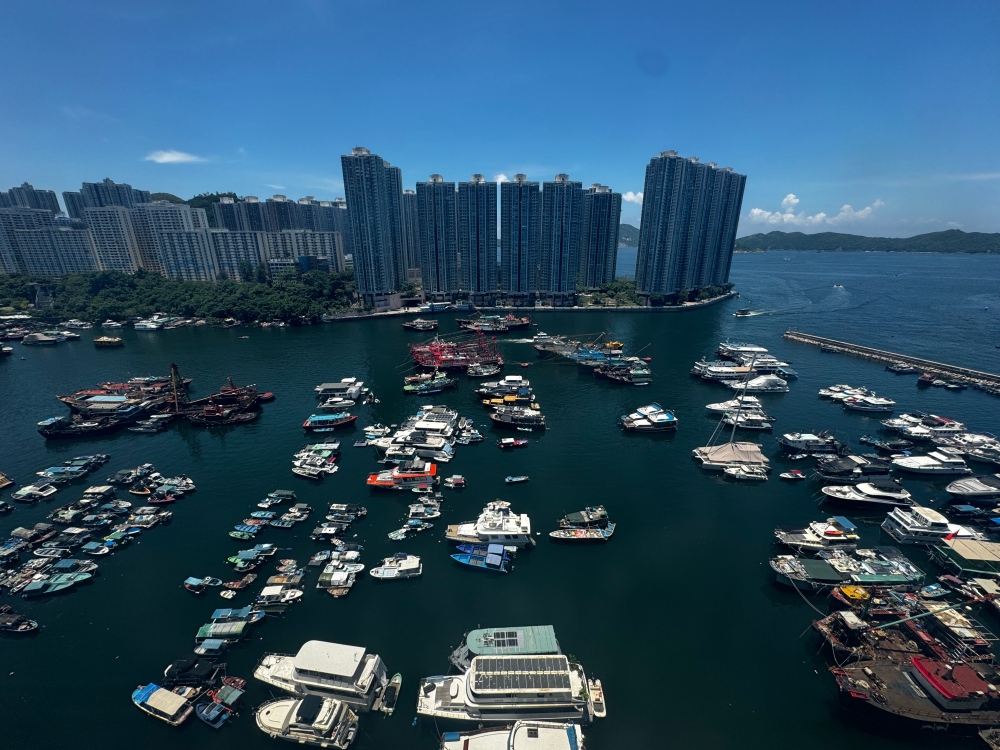
Across the border in Hong Kong, a reminiscent of old fishing villages that once were a source of economy. — Picture by Soo Wern Jun
AI in healthcare and schools
In hospitals, AI is already helping doctors in Shenzhen and Hong Kong by reviewing medical scans and flagging abnormalities.
The doctors still make the final call, but AI shortens waiting times and reduces human error.
A hospital visit only requires a QR code scan — this allows a patient to make an appointment, pick a doctor and track their waiting time.
In Malaysia, online appointments seem redundant as double registration is done at most healthcare facilities.
Schools in Hong Kong have started introducing AI in their classrooms some time in 2020 while Shenzhen embarked on utilising AI in the education system in 2023.
In this sector, the Ministry of Education has recently announced that by 2027, AI learning will be integrated into schools, preparing students to work alongside, not against, intelligent tools.
Addressing fears
Still, Malaysians share common fears about AI in the workplace, often echoed across Asean.
These include job displacement, over-reliance on machines, privacy and surveillance concerns, skills becoming obsolete and lack of accountability when AI makes mistakes.
Shenzhen and Hong Kong offer reassurance that these fears can be managed if AI is framed as an assistant for repetitive work rather than a substitute for human judgment.

The Nanshan Port in Shenzhen is an important part of the main container line ports. Shenzhen shows how linking transport modes into a single, cohesive network can transform mobility from a burden into a daily convenience. — Picture by Soo Wern Jun
Malaysia’s path forward
How can Malaysia adapt to these models?
Shenzhen is all about the power of speed and integrated mobility, while Hong Kong highlights the value of simplicity and everyday convenience.
Malaysia, on the other hand, with its growing transport infrastructure, expanding digital platforms, and plans for AI in education, already has the building blocks in place.
The challenge now is to connect the dots — ensuring technology does not just exist, but genuinely improves daily life for Malaysians.
As one Asean delegate reflected after the visit: “Shenzhen shows how fast a city can move. Hong Kong shows how services can touch every citizen. Malaysia has the chance to strike its own balance — one that works for our people, our economy and our future.”
